My girlfriend and I signed up for a WWOOF Japan farm-stay in the hot spring town of Akan-ko (lake Akan), Hokkaido, Northern Japan. You won't find crowds, robots or maid cafes up here.
Akan-ko is in the fairly remote North-East of Hokkaido, Japan's Northern-most island, surrounded by active volcanos and lush forest. This area of Japan is known for four things to the Japanese (two of which I didn't know existed) - Hot Springs, Fog, the Ainu indigenous people, and "Marimo".
A Marimo:
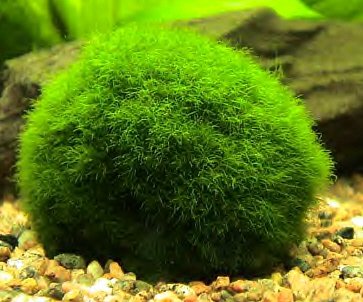
First night in Akan-ko
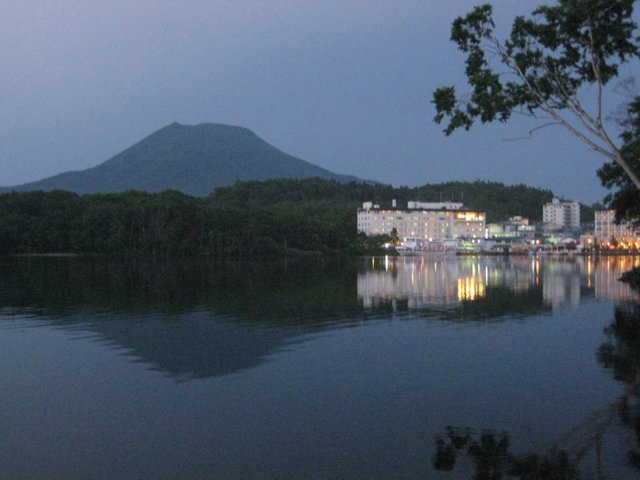
According to local knowledge, Marimo are giant spherical balls of algae that form in the perfect conditions of two lakes in the world, Akan-ko and another somewhere in Eastern Europe. Wikipedia explains their formation as depending on "the adaptation of the species to low light conditions, combined with the dynamic interaction of wind-induced currents, light regime, lake morphology, bottom substrate and sedimentation". Marimo have been turned into a tourist attraction here, even though they are at the bottom of the dark lake, so you won't get a look at a wild Marimo.
Marimo Gift shop
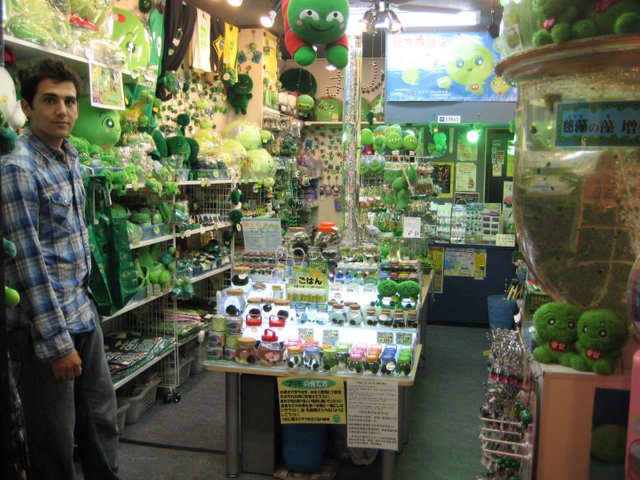
Not long after arriving we met a former team Japan speed skater and nephew of the local Ainu chief. Ainu are the indigenous people of Northern Japan that have been displaced and mistreated much like indigenous people elsewhere. Ainu seem to share more language and physical similarities to indigenous people of Northern Russia and North American than the Yamato (dominant race) Japanese people. It turns out Marimo are an important symbol in Ainu tradition and there would be a Marimo releasing ceremony lead by the chief that night. The chief was going to arrive near a shore-side hotel in his canoe, then lead a parade through the streets holding a proud Marimo before releasing it in front of a crowd.
In classic foreigner special treatment, I was asked if I wanted to help the chief row his canoe that night while donning a traditional Ainu garb. I met the chief and got the outfit a few hours later. The chief was a bit gruff, I got the feeling I was the latest in a long line of foreign friends his nephew had asked to be an Ainu for an hour. We got into the wobbly dug out canoe and rowed into the darkness of the lake. The chief didn't say much so I had no idea what our plan was.
A Japan Times Photo I found of the same Canoe and Chief, I was the back paddler. Luckily we traveled at night so nobody could see the non-Ainu paddler.
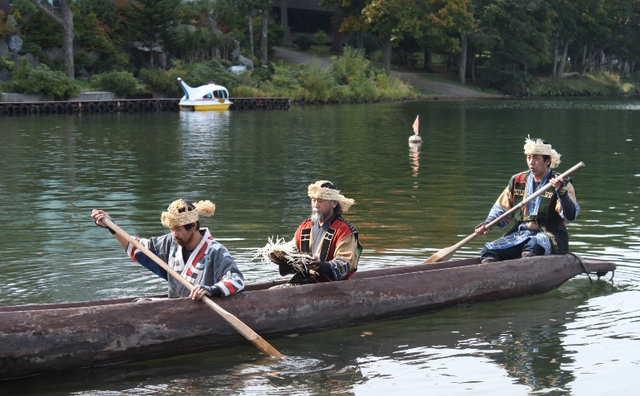
Now i'm starting to hear a chanting coming from the shore. HOOO HAAA. HOOO HAAA. We row towards it. As we get closer I can see close to 100 tourists on the shore in bath robes / yukata carrying real torches. What the hell is going on. Once we get close I can tell the singing is actually coming from permanently installed loudspeakers. There's an overtly cheesey tribal sounding song singing. I guess the tourists are there to join the parade. The bathrobes because this is near a hot-spring resort I presume.
The song goes on:
Mari-mari-mo mari-mari-mo (Marimo, Marimo)
akan-ko no mari mari mo (Lake Akan's Marimo)
HOOO HAAA , HOOO HAAA (Tribal Chanting sound)
The chief gets out and I hide in the darkness of the shore for a little while so nobody spots the white guy in the Ainu canoe. There is no way I'm missing this parade. After the attention is off the shore, I took off my costume and caught up to the parade. I notice there are actually loudspeakers every few meters down the main drag blasting the cheesey marimo chant. We walk and chant until we get to a podium in the middle of the road, in front of a fish tank. Chief sings a little song then blesses the Marimo he has in a clear gold-fish style plastic bag. He grabs it, squeezes some water out of it while holding it up like He-man's sword, then drops it into the tank with some other Marimo. I can't tell if this is commercialized cheese (Japanese culture) or authentic Ainu culture probably a bit of both.
Back to Akan-ko.
Our hosts, the Yoshidas, were not a farm at all, but a restaurant set up specifically so bus tours could unload, eat pre-selected, hot and plated food quickly and get back on the bus. This required lots of work from bus boys, that is where the WWOOfers came in handy. Every meal came with a green Marimo jelly. It was run by small staff of extended family, a few hired staff and a hand-full of WWOOFers, but could feed 200 people in under an hour with good preparation.
We had a room in the host's home, the Yoshidas had natural hot spring water running to their house as a source of hot water. Their whole basement level was a private hot-spring bath, with a constant drip of burning hot water. I was a bit terrified when taking a bath that the pressure would change and the pipe would spew extra hot steam and water at me, but it didn't.
The WWOOF deal is this. Work 6 hours a day, 5 days a week. Get room and board. The Yoshidas had a hired cook to make meals for their family and staff since they were working and had to feed the WWOOFers. Obasan, auntie, chain smoked and made home-made Japanese food for us three times a day. Here is some braised pork belly in Miso.
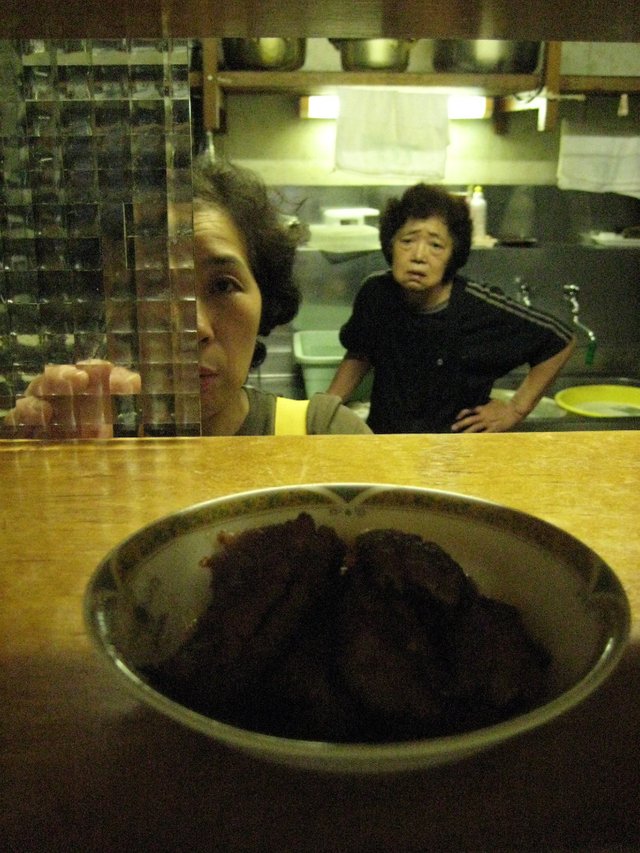
Akan-ko features multiple Marimo themed gift shops where you can get Hello Kitty Marimo, An-Pan-Man Marimo and most other Japanese characters morphed into a Marimo. You can even get real? Marimos to take home to your fish tanks. I think the Marimo in the lakes are protected, the ones for sale must have been made artificially somehow.
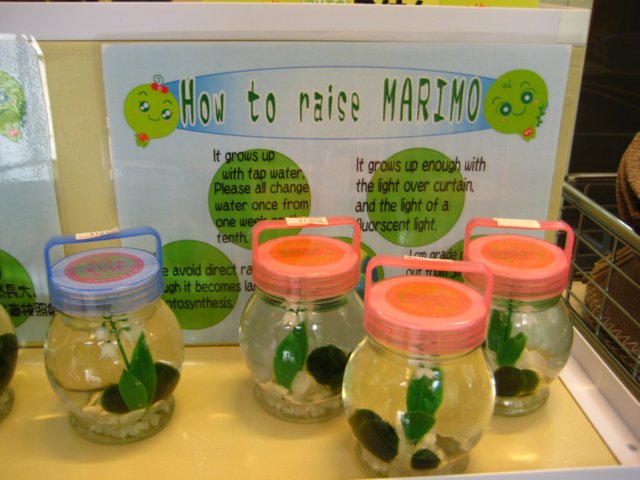
When not working as bus boys in the restaurant we did some great hiking of the active volcanos of the area. See the sign that says to avoid poisonous gas and smoke.
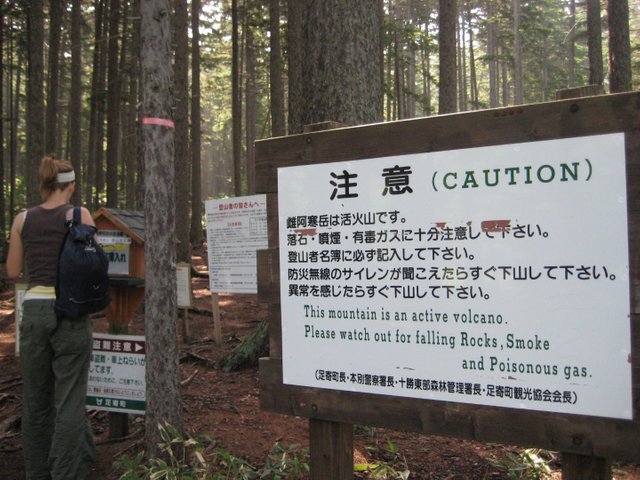
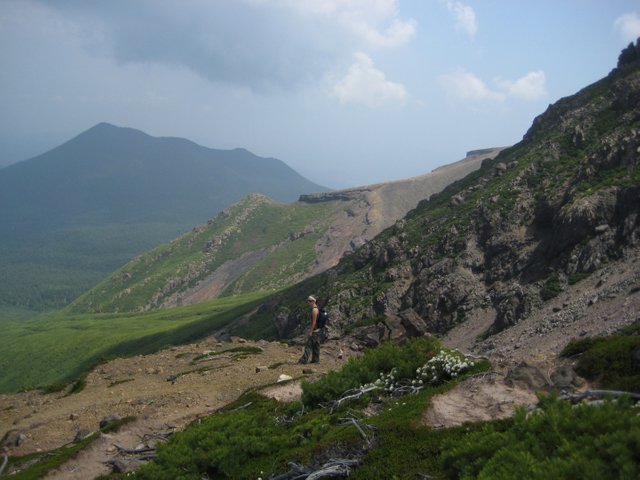
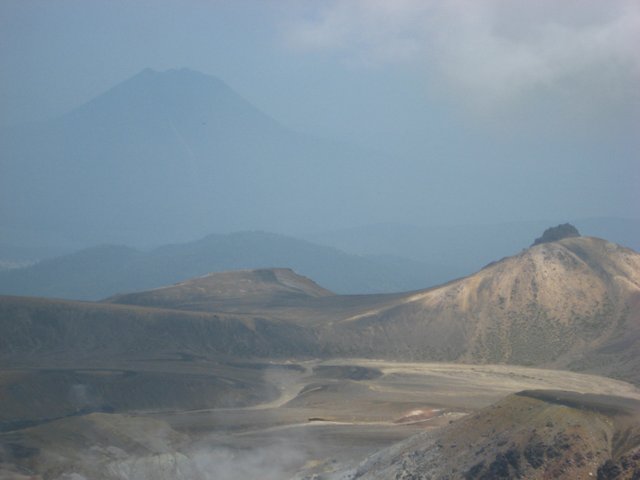
Hokkaido was definitely my favourite prefecture in Japan to explore, the deeper into the smaller towns you go, the more beautiful and quirky life seems to get.
nice writeup. personally, my choice of tags would be photography instead of steemit. If I read the steemit tag, I'll be less likely to be interested in this post.
just my $0.02 worth.
Downvoting a post can decrease pending rewards and make it less visible. Common reasons:
Submit
This is great! You should share it with some of the curators like @jacor
Downvoting a post can decrease pending rewards and make it less visible. Common reasons:
Submit
Downvoting a post can decrease pending rewards and make it less visible. Common reasons:
Submit